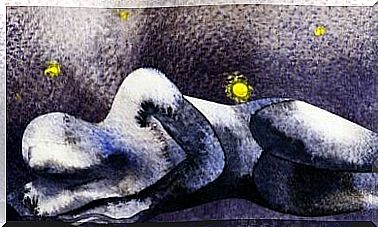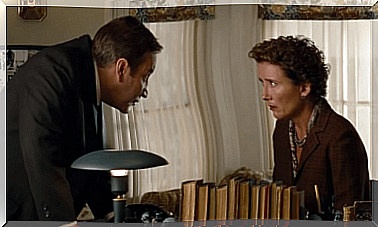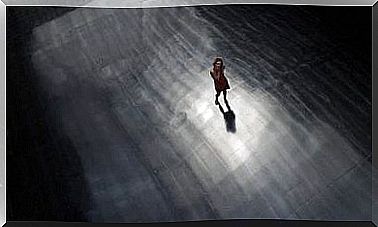Midnight In Paris: Living Dreaming
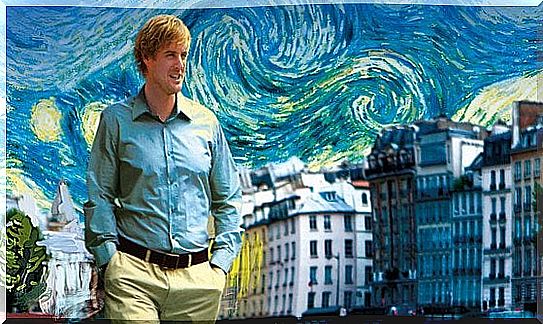
Midnight in Paris is a beautifully produced film that has captured the hearts of many viewers. Directed by the famous Woody Allen, it won the Oscar for best screenplay and was nominated for several awards. It’s a unique opportunity to see great actors together.
From Tom Hiddleston to Kathy Bates and Marion Cotillard, movie lovers find many of their favorite personalities in this film. In addition, arts and literature fanatics can find many details about the works and lives of great representatives of culture.
Filmed in Paris, the city of light, Midnight in Paris is visually amazing. Plays of light and shadows transform a contemporary Paris into a 1920s Paris. In addition, the film recreates many iconic places from the 1920s, where great thinkers and artists gathered.
Without a doubt, Midnight in Paris will make you want to pack your bags and take the first flight to France.
The plot of Midnight in Paris
Gil Pender is a Hollywood writer. While your work has allowed you to prosper financially, it’s not enough for your spirit. Gil wants something more that he hasn’t found in his current life.
When he and his wife travel to Paris, Gil wants to experience the city in a romantic way. Walking through the alleys and drinking wine under the stars, for example. However, his wife Inez has other plans.
One night, when Gil goes for a walk at midnight, Paris gives him an incredible opportunity. In some magical way, Gil is transported to 1920s Paris. There, he will meet all the great artists of the moment, become friends with Hemingway, and meet Salvador Dali and Pablo Picasso.
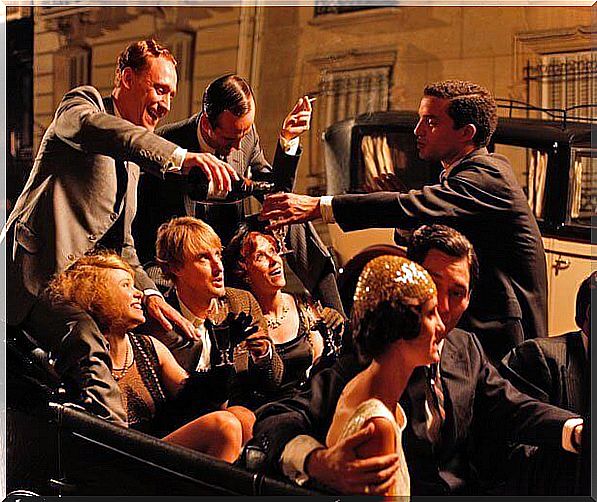
Midnight in Paris , idealizing a dream
While in the 1920s, Gil lives a dream he never thought he could experience. He always wanted to personally meet those artists he admired so much. Just before his “time travel”, Gil had idealized the 1920s, which he called the Golden Age.
Gil imagines this era as the highest moment in the arts, literature, and culture in general. During this fantastic time, Gil will meet a charming young woman: Adriana.
Gil falls in love with Adriana and what she represents: the cultural life of the time he idealizes. However, Gil only realizes he is living a dream when he and Adriana are transported into the past.
In the same way that Gil managed to arrive in the 1920s, Adriana and Gil are sent to 1890. There, they meet Toulouse-Lautrec, Paul Gaugin and Edgar Degas. When Adriana confesses that this is her favorite time, the three painters laugh contemptuously. The three think that the golden age was long before.
Only then does Gil realize that he is experiencing nostalgia. You also realize that we’ve all felt it in some way already. After all, the present is confusing, and we have the impression that the past was not only better, but also simpler and happier.
Two types of nostalgia
In the film, Gil Pender seems to experience two types of nostalgia:
- The first type is historical nostalgia. Here he desires a moment from the past in which he did not live;
- The second type of nostalgia is personal nostalgia. It is linked to our own experiences and memories.
Thus, it is the first kind of nostalgia that leads Gil to enjoy his travels through the Paris of the past. However, it is personal nostalgia that motivates him to return to the present.
Paul Bates says, at one point in the film, that nostalgia is nothing more than a denial of the painful present. Nostalgia is having a longing for a past (recent or distant), and this longing arises when the person is dissatisfied with the present.
Nostalgia can be interpreted as a defense mechanism that allows us to deny bad experiences (at least momentarily). In fact, nostalgia is a fantasy, usually idealized.
On the other hand, nostalgia can only be effectively overcome when we recognize that it was idealized. It is necessary to begin to understand the time we want as a time that also had bad parts.
Thus, Gil was able to recognize that the 20s also had negative moments, and that the present is not always bad.
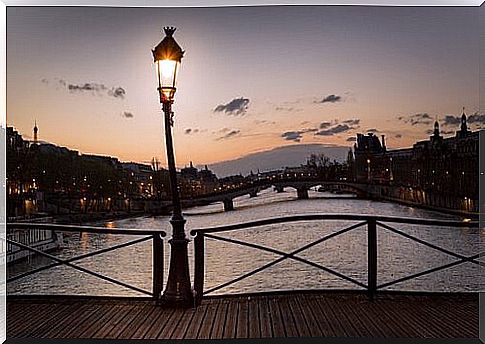
back to the present
Midnight in Paris not only portrays nostalgia as a feeling of negative worth, but reveals that the past is nothing but a fantasy. At the same time, it offers us a small escape valve in the past.
We do not benefit at all from living in times that are past. However, we can transform our lives and get closer to what brings us happiness, what was present in our fantasies.
In Gil’s case, he decides to return to the present, move to Paris and start his life as a novelist. Fantasies and nostalgia can help us identify the aspects we are uncomfortable with. Only by identifying them will we be able to change our lives in the direction we want.





